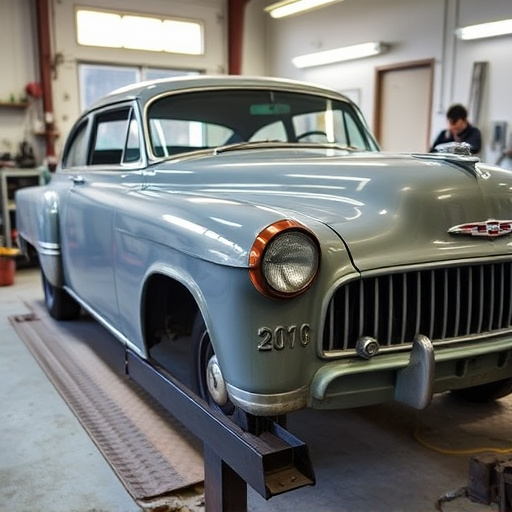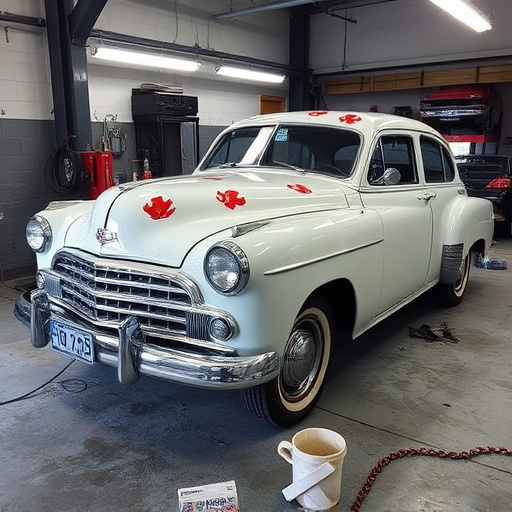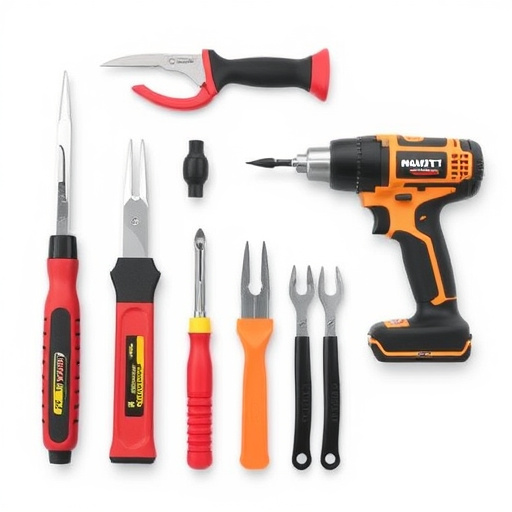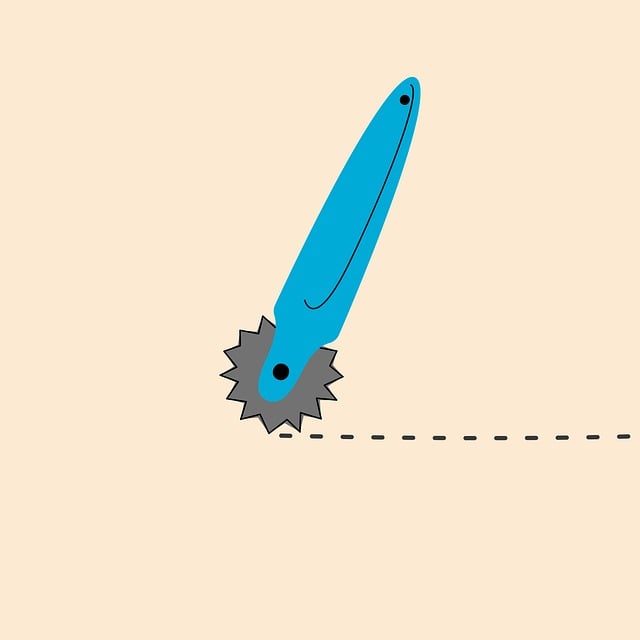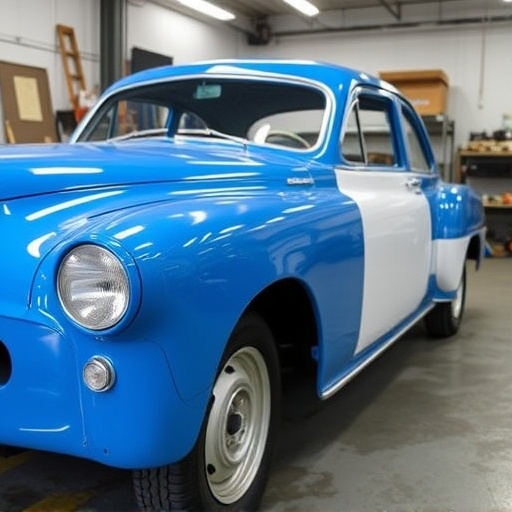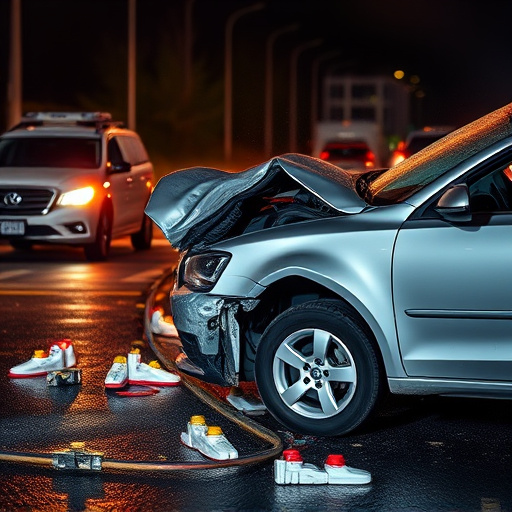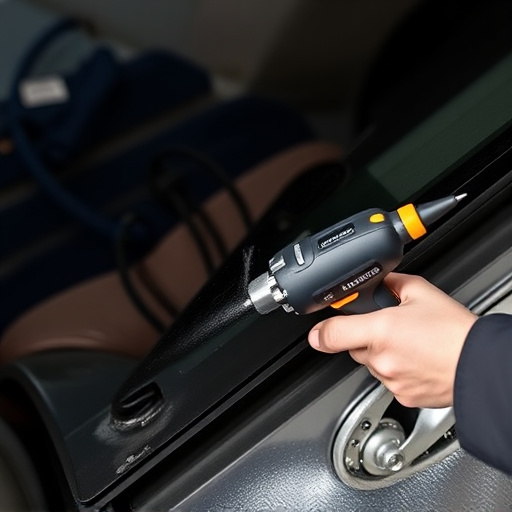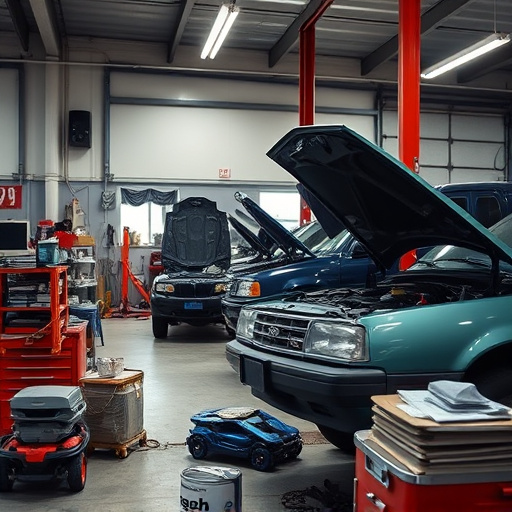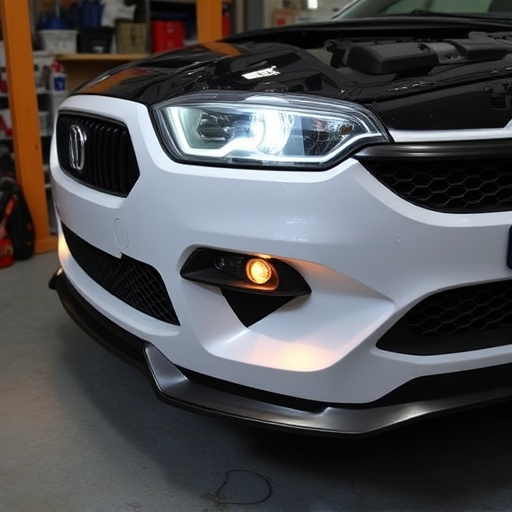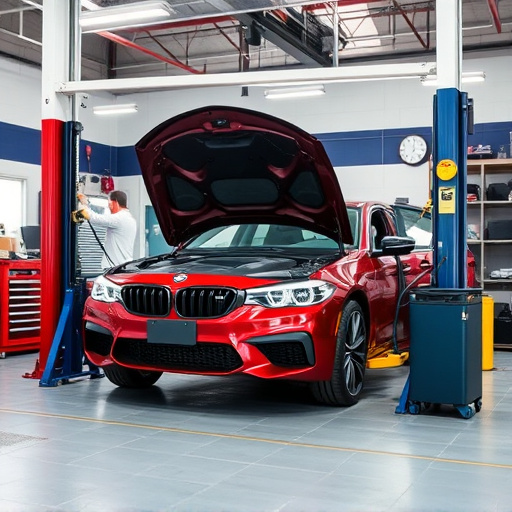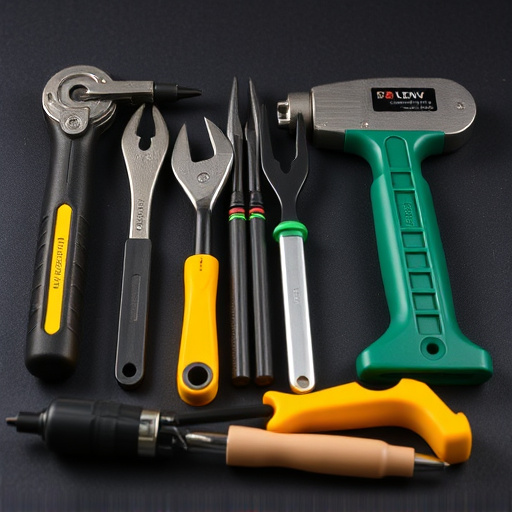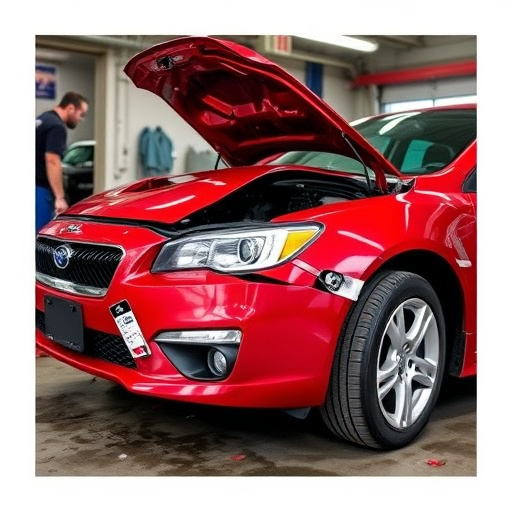B-pillar replacement is a vital step in classic car restoration and high-quality autobody work, ensuring vehicle safety and structural integrity. Skilled technicians use specialized tools for precision installation, while manufacturer warranties cover structural damage and related repairs, offering peace of mind and financial protection. This includes internal components, crucial for maintaining optimal structural performance and enhancing overall vehicle safety.
“Unraveling the complexities of B-pillar replacement and warranty coverage is essential for vehicle owners. This comprehensive guide breaks down the fundamental aspects, offering a clear understanding of this crucial automotive concept. From the basics of B-pillar replacement to navigating intricate warranty coverage, we demystify these processes. Additionally, we shed light on common issues and repairs covered under the B-pillar warranty, empowering readers with knowledge. By the end, you’ll be equipped to make informed decisions regarding your vehicle’s safety and maintenance.”
- Understanding B-Pillar Replacement: The Basics
- Warranty Coverage: What You Need to Know
- Common Issues and Repairs Under B-Pillar Warranty
Understanding B-Pillar Replacement: The Basics
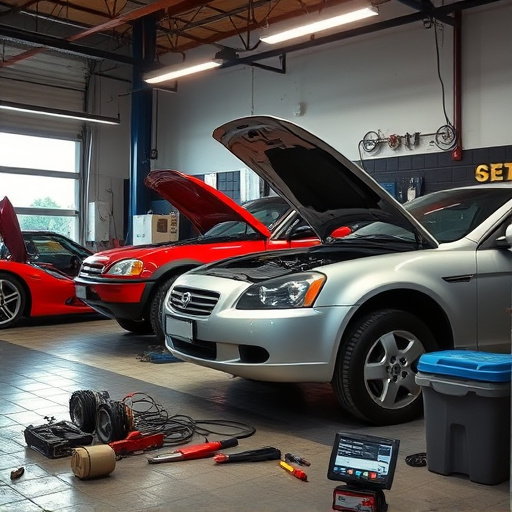
B-pillar replacement is a critical aspect of automotive repairs, particularly for those involved in classic car restoration or seeking high-quality autobody services. The B-pillars, also known as center pillars, are structural components that run vertically along the sides of a vehicle’s roof, connecting the doors to the roof frame. These pillars play a vital role in maintaining the integrity and safety of a vehicle’s structure. Over time, due to accidents, wear and tear, or even normal aging, B-pillars can become damaged or weakened, requiring their replacement.
When considering B-pillar replacement, it’s essential to understand that this process involves both technical expertise and precision. Autobody repairs specialists utilize specialized tools and techniques to remove the damaged pillar while ensuring minimal disruption to the vehicle’s overall structure and design. Once removed, they carefully acquire a new B-pillar, either by manufacturing a custom fit or utilizing a replacement part. The new pillar is then precisely installed, securing it to the existing roof frame and doors to restore structural integrity. This meticulous process is a testament to the level of craftsmanship required in top-tier autobody services.
Warranty Coverage: What You Need to Know
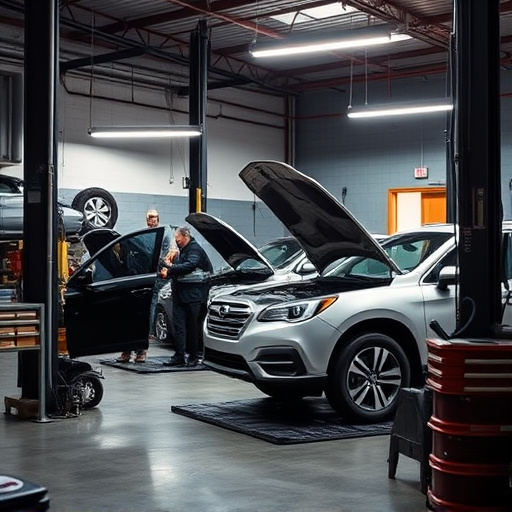
Warranty coverage is an integral part of any car ownership experience, especially when considering a B-pillar replacement. This safety feature ensures that should any issues arise during the repair or replacement process, or if a component fails within the specified period, the cost and labor are covered under the manufacturer’s guarantee. It offers peace of mind, knowing that your automotive repair won’t leave a significant dent in your wallet.
Understanding the warranty is crucial when visiting a car repair shop for B-pillar replacement. It dictates the terms and conditions of the coverage, including what is included and any exclusions or limitations. Pay attention to the duration of the warranty, which can vary based on factors like the age of your vehicle, the quality of parts used, and the expertise of the automotive repair specialists handling the job. Ensuring you are fully aware of these details will help manage expectations and ensure a hassle-free experience with car bodywork repairs.
Common Issues and Repairs Under B-Pillar Warranty
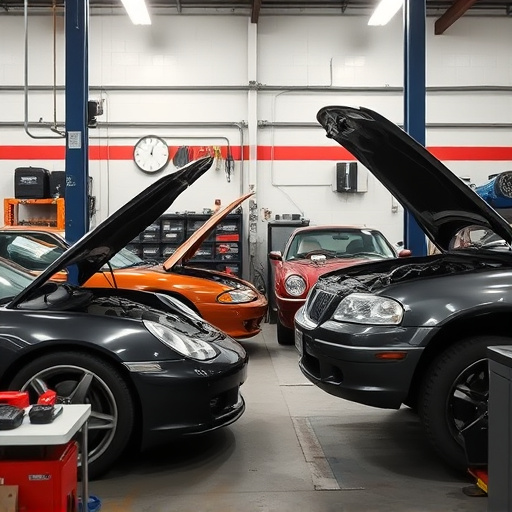
Common issues covered under B-pillar warranty include structural damage, cracks, and deformities caused by accidents, such as fender benders or more severe collisions. These pillars are critical for a car’s safety and structural integrity, so any repairs aim to ensure the vehicle remains safe and secure on the road. Autobody repairs focusing on the B-pillars often involve specialized techniques and materials to match the original car bodywork services precisely.
Beyond external damage, internal components related to the B-pillars may also be covered, such as alignment issues or faulty mechanical parts that contribute to overall vehicle stability. Many auto manufacturers offer comprehensive warranty coverage for these essential structural elements, providing peace of mind for drivers who experience accidents or need regular upkeep to maintain their car’s safety features.
B-pillar replacement is a crucial aspect of automotive maintenance, ensuring safety and structural integrity. By understanding the process and familiarizing yourself with warranty coverage, you can protect your vehicle and avoid unexpected costs. Remember, knowing what’s covered under the B-pillar warranty allows for proactive care, giving peace of mind on the road ahead.
